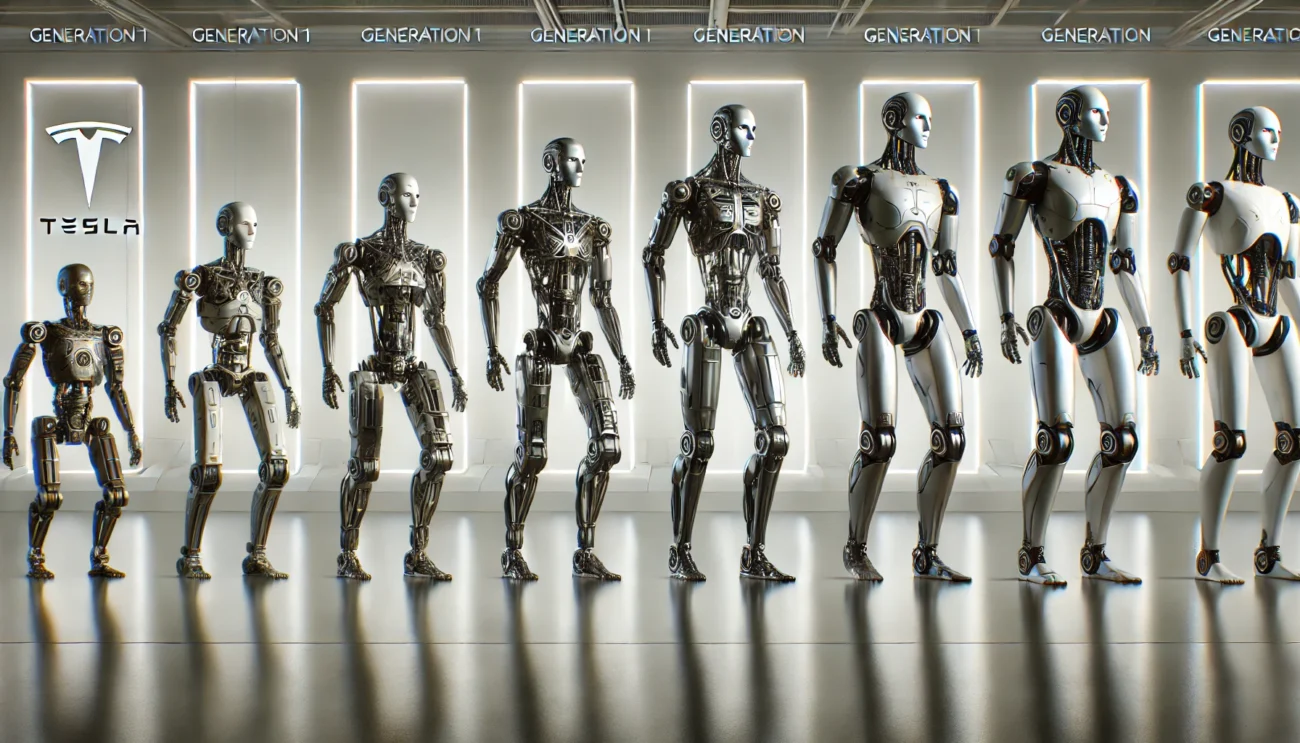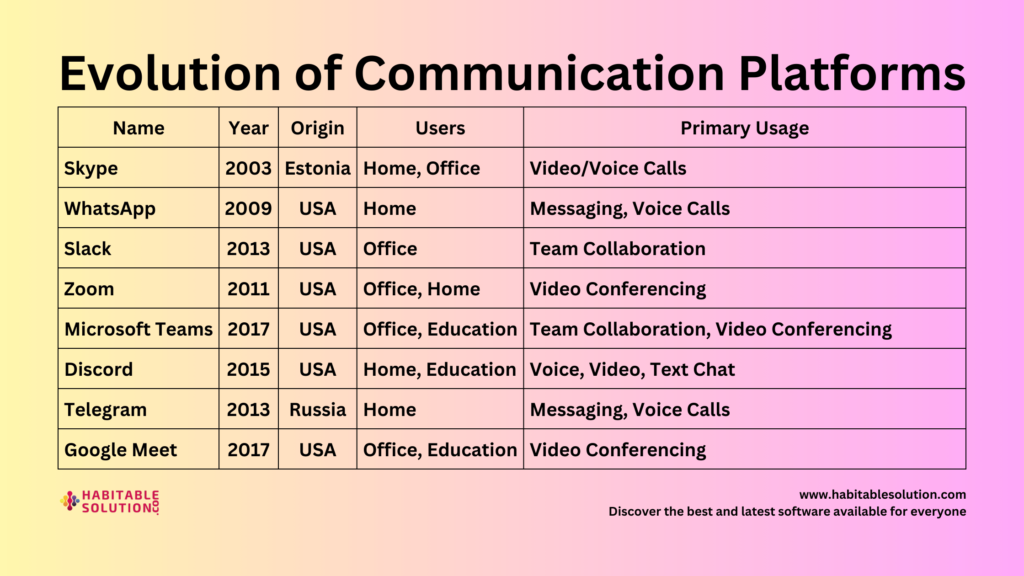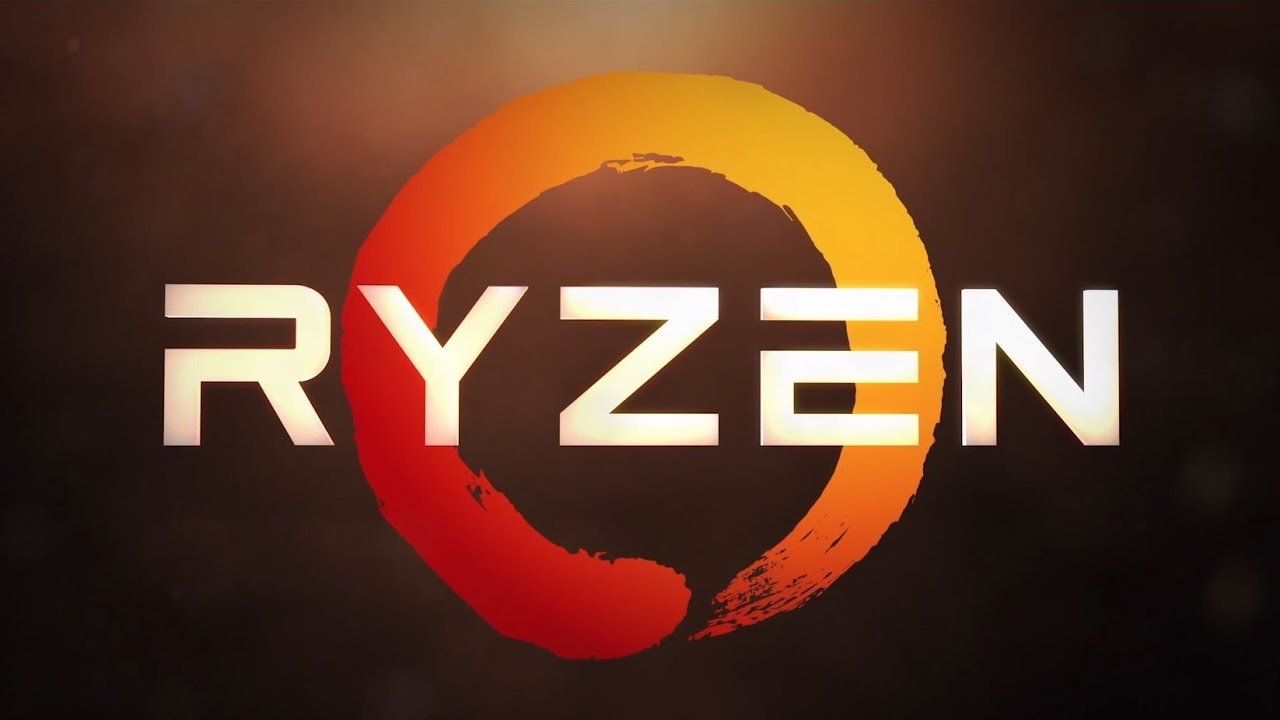Tesla Optimus has captivated the tech world, drawing attention as one of the most ambitious projects in humanoid robotics. Tesla’s journey with Optimus reveals a visionary shift from autonomous vehicles to robots capable of performing complex human tasks, marking a significant leap in AI and robotics innovation. This article takes an SEO-friendly dive into each generation of Tesla Optimus, from the initial concept to its latest iterations.

What is Tesla Optimus?
Tesla Optimus, also known as the Tesla Bot, is an autonomous, human-like robot developed by Tesla, Inc. Designed to handle various tasks, from simple labor to advanced technical operations, Optimus is meant to support a future where humanoid robots contribute to daily life and industry alike. Optimus combines Tesla’s AI expertise with its cutting-edge hardware capabilities, creating a robotics platform capable of continuous learning and adaptation.
Generation 1: The Concept Phase
Tesla Optimus Gen 1 marked the beginning of Tesla’s ambitious robotics program. Initially unveiled by Elon Musk in 2021, the first generation of Optimus focused on creating a base model of a humanoid robot capable of executing simple tasks such as carrying and moving objects. This generation included a limited movement range, with early models used primarily for demonstration purposes.
Key Features of Tesla Optimus Gen 1:
- Dimensions: Roughly 5’8” tall, weighing 125 lbs, mimicking average human proportions.
- Mobility: Limited walking capability with an estimated speed of 5 miles per hour.
- Weight Handling: Able to lift objects up to 150 pounds, with a carrying capacity of around 45 pounds.
- AI Foundation: Tesla’s Autopilot AI software was adapted to enable rudimentary navigation and object recognition.
This first generation was more of a proof-of-concept, showcasing Tesla’s expertise in AI and robotics.
Generation 2: Enhanced Motor Skills and Processing Power
With Tesla Optimus Gen 2, significant upgrades were introduced to enhance motor skills and processing capabilities. The focus shifted to refining motion control, allowing the robot to move with greater precision and respond to real-time stimuli.
Noteworthy Upgrades in Tesla Optimus Gen 2:
- Enhanced Motion Control: Improved actuators provided smoother and more human-like movements.
- AI and Processing Power: Tesla integrated a more powerful version of its AI processing unit, resulting in faster data handling and decision-making.
- Battery Life: Optimized energy efficiency allowed the bot to operate longer without frequent recharging.
- Expanded Object Recognition: An upgraded camera system allowed Optimus to recognize a broader range of objects with greater accuracy.
Gen 2 was designed to work alongside humans in environments like factories or warehouses, performing repetitive tasks and enabling human workers to focus on more complex activities.
Generation 3: Autonomous Learning and Enhanced Safety
Tesla Optimus Gen 3 made strides in machine learning, marking the shift from programmed actions to autonomous learning. This generation saw a focus on enabling Optimus to adapt to its surroundings and handle unstructured environments with greater autonomy.
Key Highlights of Tesla Optimus Gen 3:
- Autonomous Learning Capabilities: Tesla implemented advanced neural networks to allow Optimus to learn new tasks independently over time.
- Increased Safety Features: Gen 3 included enhanced sensor arrays for detecting human presence and responding in a non-intrusive manner.
- Haptic Feedback: New sensors allowed Optimus to handle objects with varying force, minimizing breakage and improving adaptability.
- Language Processing: This generation introduced natural language processing, allowing for basic voice command comprehension, which made interaction with human supervisors easier.
With Gen 3, Optimus was able to execute tasks in real-world environments with minimal human oversight, a major step toward autonomous operations.
Generation 4: Advanced Human-Robot Interaction (Current Gen)
Tesla Optimus Gen 4, the latest and most advanced generation, emphasizes seamless interaction with humans and high adaptability in various environments. This version brings Tesla closer to realizing its vision of human-assisting robots.
Standout Features of Tesla Optimus Gen 4:
- Complex Task Management: Optimus can perform more intricate tasks, such as organizing and managing objects based on priority.
- Advanced AI with Deep Learning: Tesla has integrated the latest in deep learning to improve decision-making and efficiency, enabling the robot to operate autonomously in environments previously inaccessible to earlier models.
- Improved Human Interaction: Optimus now features enhanced speech recognition and response capabilities, making it more responsive to human commands and interactions.
- Mobility and Balance: With further refined actuators and gyroscopes, Gen 4 showcases improved balance and agility, allowing it to handle more physically demanding tasks safely.
- Longer Operational Life: The latest improvements in battery efficiency allow Optimus to operate continuously for extended hours, addressing energy concerns of previous generations.
Gen 4 represents the current pinnacle of Tesla’s robotics, ideal for applications that require close human-robot collaboration in both professional and personal settings.
The Future of Tesla Optimus
As Tesla continues to refine Optimus, future generations may bring even more exciting advancements. The focus could shift toward cognitive functions, enabling Optimus to make complex decisions, predict human needs, and operate as a truly autonomous partner. Tesla’s roadmap hints at applications beyond factories, envisioning a future where Optimus may support household needs and even elderly care.
Final Thoughts
Tesla Optimus, from Generation 1 to the latest Generation 4, has evolved rapidly, each version bringing a leap in capability, autonomy, and utility. Tesla’s focus on combining AI and robotics has positioned Optimus as a leader in humanoid robotics, paving the way for future applications that could redefine human-robot interaction across multiple industries. With each iteration, Tesla Optimus gets closer to its potential as a versatile, human-assisting robot for daily life.
Learn about Tesla Optimus,
Tesla’s humanoid robot, from its first generation to the latest advancements.
Discover how each generation brings Tesla closer to redefining AI-powered robotics.




